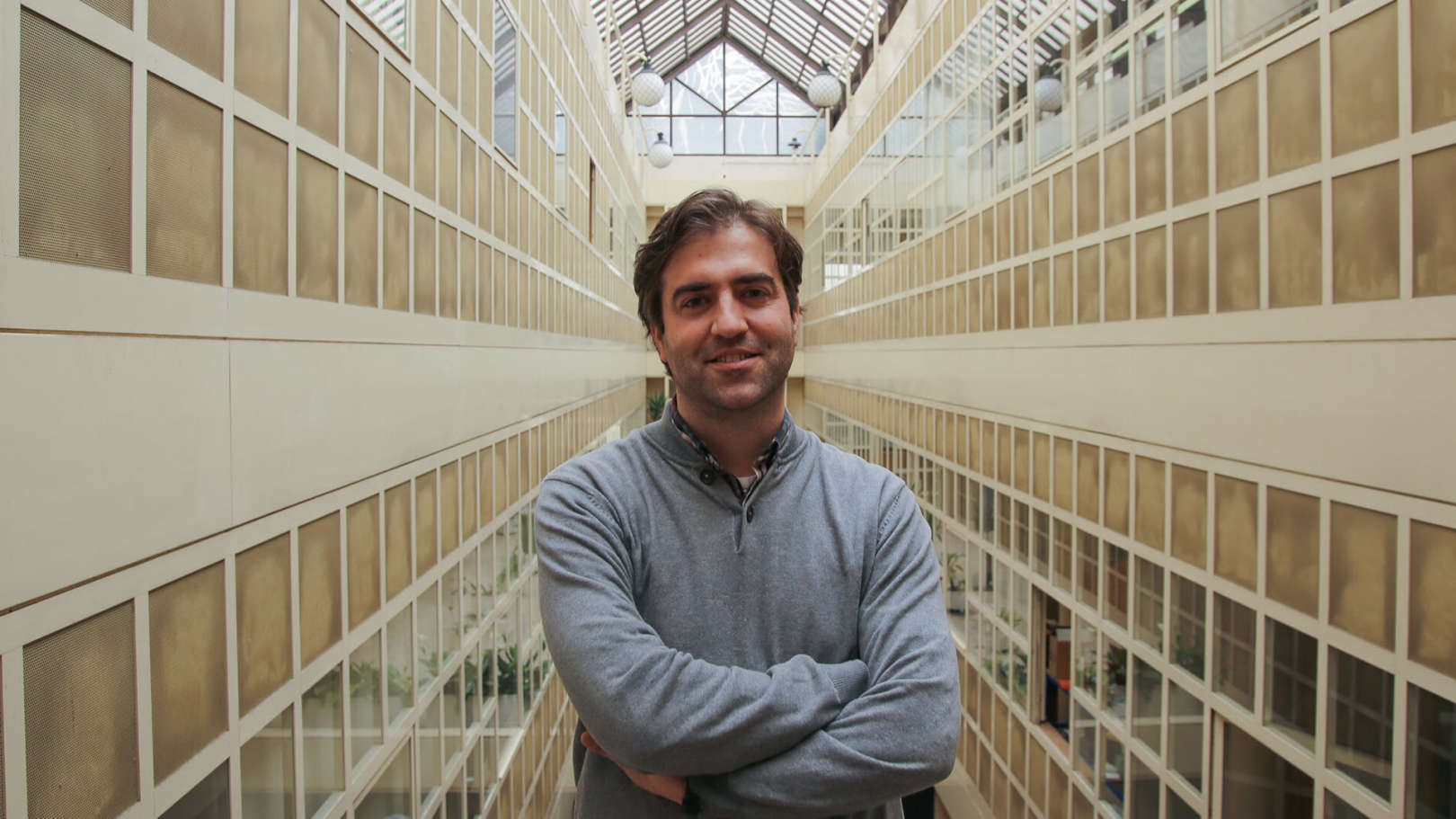About
Luís Carlos Costa Coelho received his graduation in Physics Engineering in 2006 and MSc in Instrumentation and Microelectronics in 2007 both by University of Coimbra in Portugal. At the Physics Department of the same University he developed research in Atomic and Nuclear Instrumentation with focus on gaseous scintillation counters towards high energy radiation. In this context he was directly involved in international experiments as "Xenon Direct Dark Matter Search" at the National Laboratory of Gran Sasso in Italy, aiming search dark matter through the detection of weakly interacting massive particles.
In 2010 he started to work in optical fibre sensors at the Optoelectronics and Electronic Systems of INESC Porto (now INESC TEC) in Portugal, mainly applied to hydrogen detection under the project MICROPHYTE-Metabolic engineering of chlamydomonas and environmental optimization for hydrogen production and release.
In 2016 received his Ph.D. degree in Physics at the University of Porto, Porto, Portugal with the focus on thin films technology applied to optical fibre optic sensors in collaboration with the Centre for Applied Photonics of INESC TEC, Porto, Portugal.
His main research interests are related to the detection and monitoring of chemical entities and biological targets through the application of a wide variety of optical technologies, namely optical spectroscopy, using fluorescence or absorption, evanescent field-based devices, Long Period Fiber Gratings, the excitation of electromagnetic surface waves as plasmonics, and optical intergerometers. His main activities are focused on the development of sensors based on the manipulation of optical fibers with special physical polishing and chemical etching, on the deposition of thin films of high purity materials and with UV to NIR spectroscopy techniques. It has also built the control and interrogation systems in the development of dedicated prototypes.
He has been working in several international projects related to the detection of biological and chemical elements on water namely through the development of fiber optic probes to real-time monitor dissolved carbon dioxide, pollutants, and contaminants on water systems.
In the last few years, he has published more than 90 papers in international journals with referee and over 80 papers in national and international conferences with more than 3900 citations and an h index of 25 (Scopus 06.10.2023).
Presently he has a research contract with INESC TEC under the FCT program Scientific Employment Stimulus 2018 aiming the study and development of technological advanced optical sensors for marine applications.
He is supervisor of several Master and PhD Students working in the same subject.
He has been refereeing in a wide range of international journals as IEEE, OSA, SPIE, Elsevier, Pier, MDPI and Springer and is currently Editor of a special issue of the Sensors Journal of MDPI – Optical Fibre Sensors 2018-2019.
He was also the president of the University of Porto SPIE Student Chapter in 2014 and a member of the organization team of the 9th Advanced Study Course on Optical Chemical Sensors and Biosensors (ASCOS 2015).


